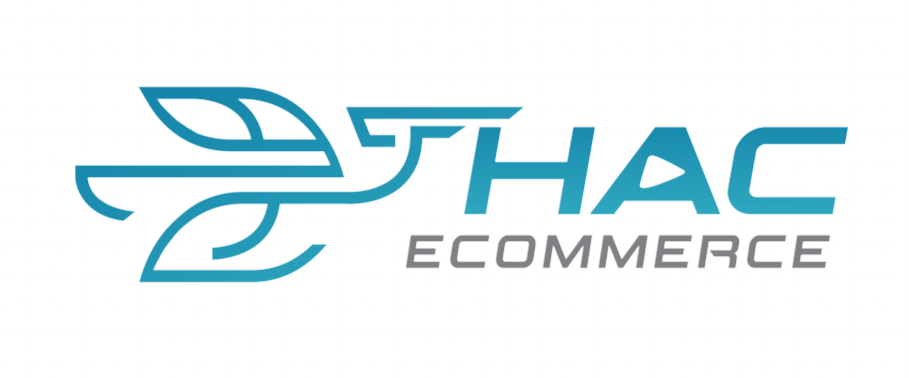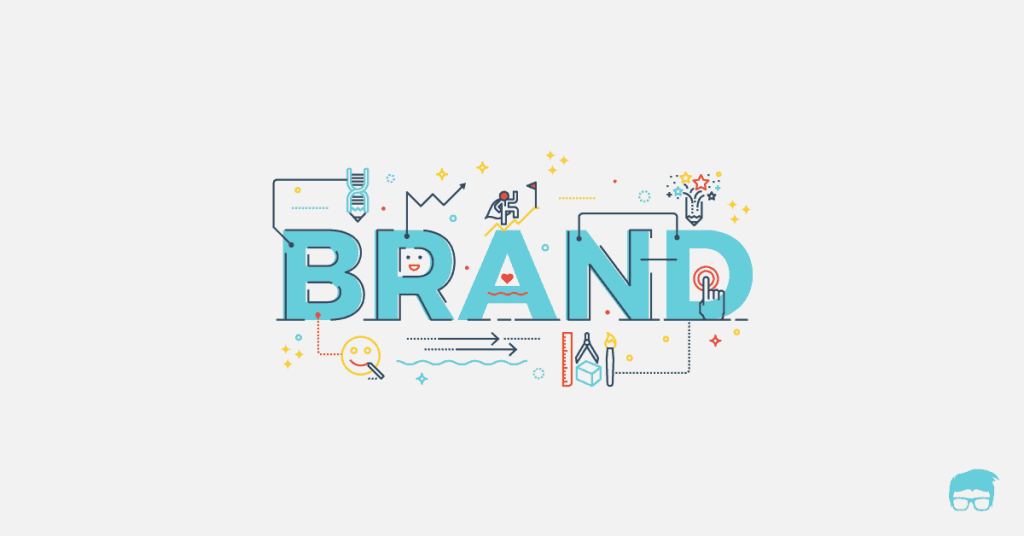What is a Brand? Key Elements That Shape a Strong Brand
You’ve probably heard the term “brand” countless times. But have you ever truly understood what it means and why it’s crucial in today’s competitive market? If not, this comprehensive guide will walk you through the fundamentals of branding, explore the core components that define it, and reveal how to build a powerful brand that resonates with customers. Let’s dive into the world of branding with Hac E-commerce.
1. What is a Brand?
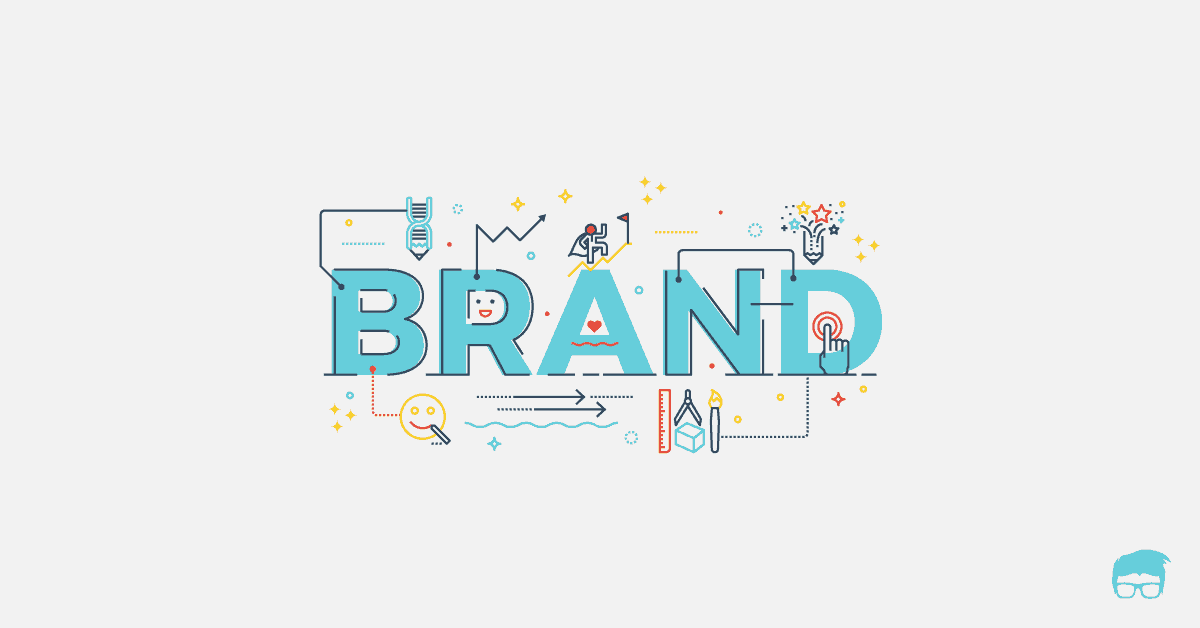
A brand is far more than just a name or a logo. It’s the total perception, feeling, and experience that customers associate with a company, product, or service. A brand forms the invisible bridge between businesses and their audience. It builds trust, loyalty, and preference — often deciding when customers choose between you and your competitors.
A brand is the unique identity that sets a business apart from the crowd. It encompasses everything from a memorable name, distinctive logo, powerful slogan, and colour palette to a consistent communication style, exceptional customer experiences, and deeply held core values.
Beyond these tangible assets, a brand also captures the emotional connection and trust that customers develop over time. A strong brand doesn’t just drive sales — it builds lasting relationships and sustainable competitive advantage in an ever-evolving marketplace.
2. The Core Elements That Build a Brand
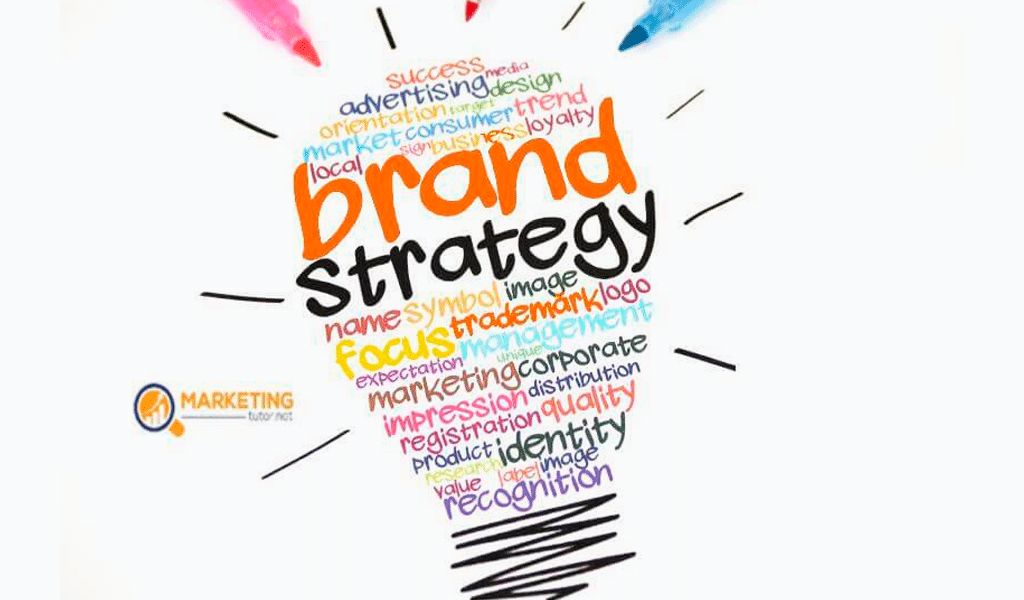
In the fast-paced world of e-commerce, branding is no longer optional — it’s essential. Building a solid online brand is the key to earning trust and standing out. But what exactly contributes to a compelling brand presence? Let’s break down the fundamental elements that define a successful digital brand.
Brand Name
Your brand name is often the first thing customers notice. It must be easy to remember, pronounceable, and aligned with your business field. A well-chosen name sparks recognition and emotional connection.
Visual Identity (Logo and Design System)
A logo acts as the visual signature of your brand. Along with a consistent colour scheme, typography, and design elements, your visual identity ensures a unified look across all marketing channels. It creates a strong first impression and enhances brand recall.
Core Values
Core values represent what your business stands for. These guiding principles influence decision-making, define company culture, and communicate the mission that drives your brand. Clear core values help build authenticity and trust with your audience.
Brand Message
Your brand message is the story or promise you share with customers. It must be transparent, authentic, and tailored to your target audience. Whether it’s your mission statement, tagline, or product description, your message should convey your brand’s purpose and personality.
Customer Experience
Every interaction a customer has with your brand — from browsing your website to receiving support — contributes to their perception of you. Delivering a seamless and positive experience builds trust and loyalty, which is essential for long-term success.
Brand Reputation
Brand reputation is earned over time through product quality, customer service, and social proof. A reputable brand holds significant value, giving customers the confidence to choose you over competitors and return for repeat purchases.
Brand Positioning
Brand positioning defines how your brand is perceived compared to others. A clear and strategic positioning strategy ensures your brand stands out, resonates with your audience, and occupies a unique space in their minds.
3. The Role of Branding in Business Success
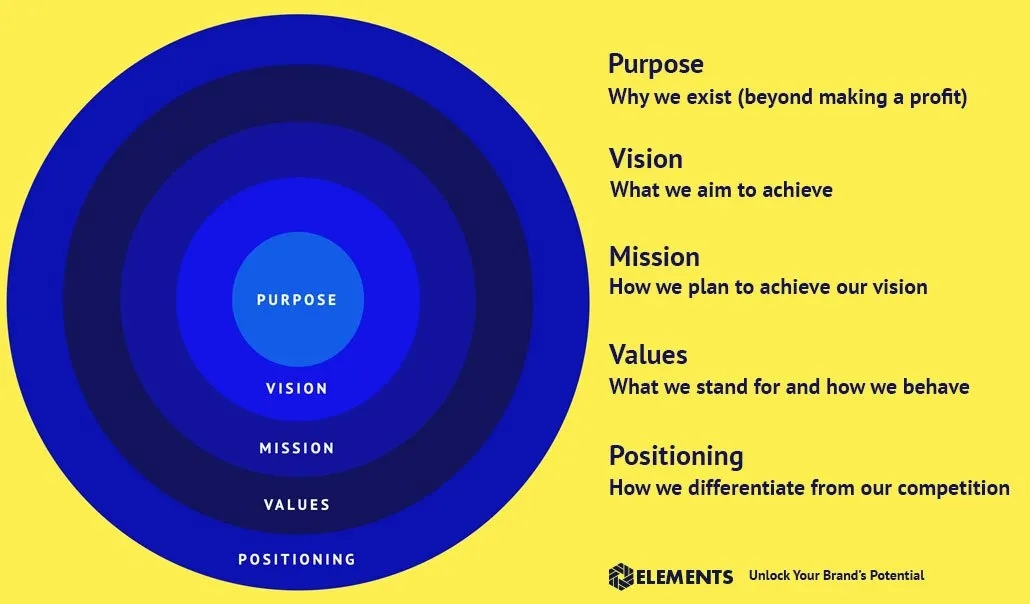
Establishing Business Identity
A strong brand helps a business rise above the noise in a sea of similar offerings. It enables you to make a memorable impression and attract your ideal customers. Beyond aesthetics, your brand identity encapsulates your core values, story, and customer promise — creating a lasting emotional connection.
Building a Professional Image
Your brand represents your professionalism. A well-designed logo, consistent colour palette, and cohesive brand messaging across all platforms give the impression of credibility and expertise. This is especially valuable for small businesses competing against larger, more established companies.
Gaining Customer Trust and Loyalty
A trustworthy and consistent brand builds customer confidence. Customers who believe in your brand are more likely to choose your products or services, make repeat purchases, and recommend you to others. This loyalty stabilizes revenue, reduces marketing costs, and facilitates new product launches.
Increasing Business Value
A well-established brand significantly boosts your business’s value. Substantial brand equity attracts investors, partners, and acquisition opportunities. A trusted brand is a valuable asset for small and medium-sized businesses, especially when planning to expand or exit through mergers or acquisitions.
4. Conclusion
Branding is not a quick fix — it’s a long-term strategy that demands dedication, consistency, and strategic investment. It requires collaboration across all departments and a strong commitment to your core values.
When built thoughtfully, your brand becomes more than just a marketing tool — a foundation for growth, a shield during market fluctuations, and a launchpad for your ambitions. In today’s competitive landscape, a resilient brand is your most powerful asset, paving the way for sustainable success and recognition.
Additionally, Hac Ecommerce offers a range of comprehensive services designed to support and empower businesses operating in the POD (Print on Demand) industry. These services include fulfillment solutions, payment account rentals, and design cloning, all of which are tailored to meet the unique needs of entrepreneurs in this niche.
